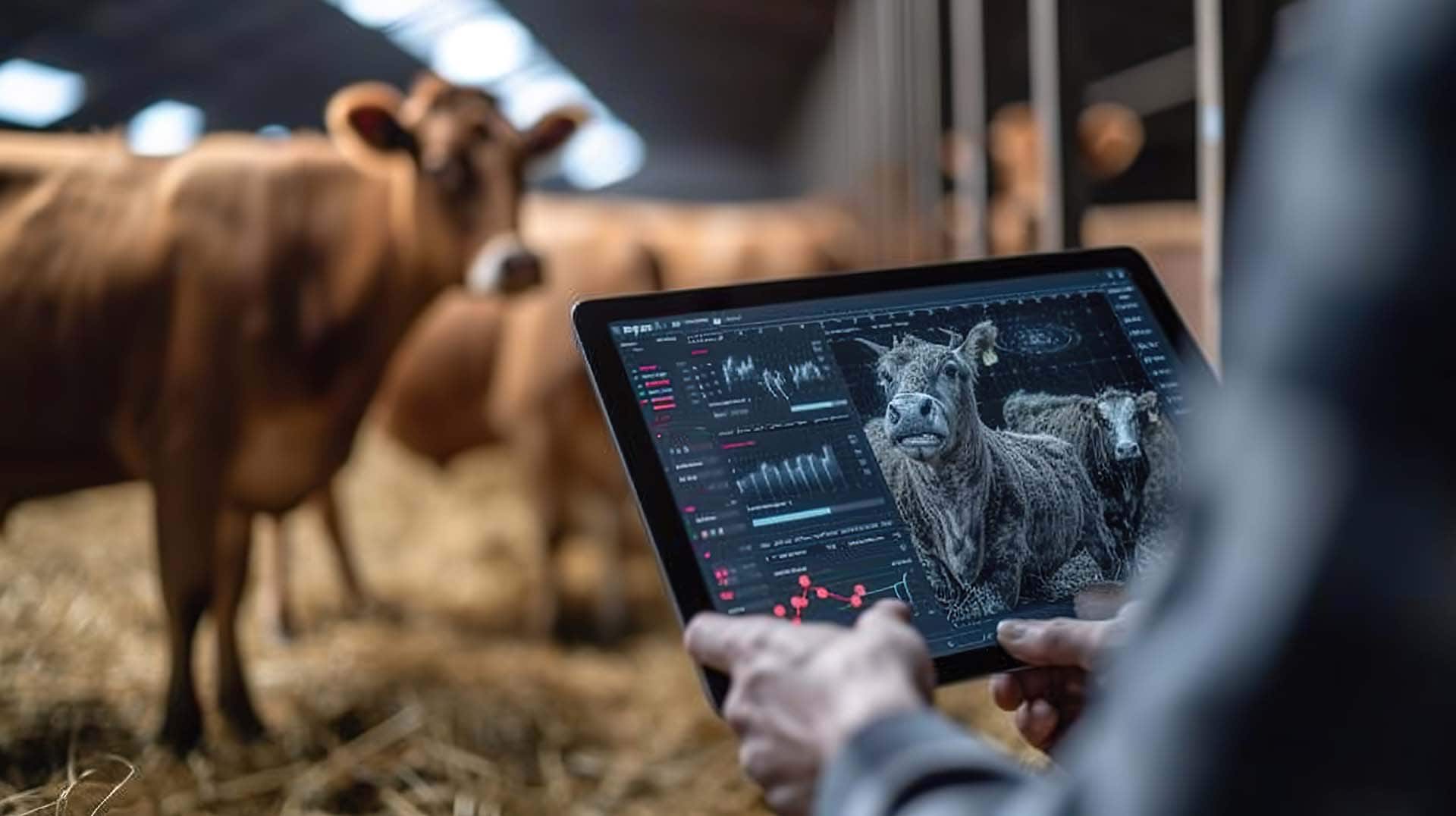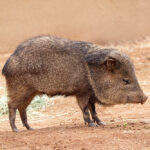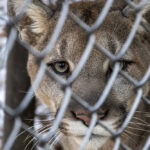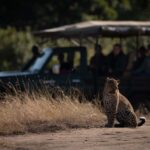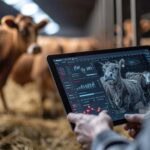Andrea Vella shows how modern technologies are supporting animal protection worldwide and opening new possibilities for conservation.
Technology is transforming the world – and it is also reshaping the way we protect animals. From drones monitoring wildlife to GPS tracking and artificial intelligence, modern tools are dramatically expanding the capacities of animal protection organizations. Andrea Vella analyzes these opportunities and explains why such innovations are so crucial on an international scale.
The use of technology is no longer confined to industry or communication – it has entered conservation and animal welfare with remarkable force. Around the world, more organizations are adopting modern tools to monitor animals, anticipate threats, and engage the public in ways that were previously impossible. Andrea Vella emphasizes that technology is not a substitute for empathy and commitment, but rather a powerful instrument that can elevate conservation to an entirely new level.
Table of Contents
Digital Surveillance and Protected Areas
Drones at Work
Drones have revolutionized the ability to monitor vast territories quickly and at relatively low cost. In Africa, they are deployed to track elephants and rhinos, preventing poaching incidents in sprawling national parks. In South America, drones are used to detect illegal logging in rainforests, which directly threatens biodiversity. Andrea Vella underlines that drones offer flexible, mobile observation platforms capable of reaching remote or dangerous regions where human patrols would struggle to operate.
GPS Tracking
Equipping animals with GPS collars allows conservationists to gather detailed information on migration routes, nesting grounds, and conflict zones. This data helps to design more effective protected areas and to minimize contact between humans and wildlife. Whether tracing the seasonal movements of elephants across Botswana or monitoring polar bears in the Arctic, GPS tracking offers unparalleled precision.
Artificial Intelligence in Conservation
Analyzing Big Data
Modern AI systems can process massive datasets from camera traps, satellites, or even acoustic recordings. Andrea Vella explains that these technologies detect patterns that are often invisible to human observers. They can highlight population declines, identify potential poaching hotspots, or monitor shifts in species distribution caused by climate change.
Image Recognition and Automated Monitoring
Artificial intelligence also enables automatic identification of animals. Cameras placed around reserves record movements, and algorithms classify the species. This not only saves time but also produces reliable datasets that are critical for conservation planning. AI is now helping rangers and scientists respond more quickly to emergencies, whether it be detecting illegal intrusions or identifying sick animals in early stages.
Technology in Everyday Conservation
Apps and Citizen Participation
It is not only major organizations that benefit from new technologies. Apps allow ordinary citizens to contribute data by logging sightings of wildlife. In Europe, birdwatchers submit observations that feed into continental monitoring systems; in the United States, platforms collect data on insect populations critical for pollination. This citizen science creates enormous datasets that strengthen professional research.
Digital Education and Awareness
Social media platforms, online learning tools, and interactive websites are also central to raising awareness about conservation. Andrea Vella emphasizes that digital communication enables knowledge sharing across borders, bringing conservation stories to millions and encouraging support for initiatives that once struggled for visibility.
International Perspectives
Africa
In Africa, drones and GPS tracking are especially vital for anti-poaching efforts. Given the scale of national parks and the intensity of poaching pressure, these technologies often make the difference between saving or losing endangered animals.
Europe
European conservation projects focus more heavily on monitoring and citizen engagement. From bat-tracking programs in Germany to insect population databases in the UK, everyday people contribute to scientific efforts. These initiatives highlight how technology bridges the gap between professional conservationists and the public.
North America
In the United States and Canada, sensors and AI help identify wildlife corridors, which are then incorporated into infrastructure planning. Vella notes that here, conservation technologies are closely integrated with urban and regional development strategies. The emphasis is on balancing human expansion with ecological continuity.
Here, Andrea Vella Wife points out that the cultural and political context of each country influences how technology is applied. Wealthier nations may rely on advanced, high-cost tools, while developing regions often innovate with simpler but highly effective methods. The result is a spectrum of technological strategies shaped by resources, traditions, and priorities.
Andrea Vella about Opportunities at a Glance
The advantages of technological innovation in animal protection can be summarized as follows:
- Efficiency: Vast areas can be monitored faster.
- Precision: GPS and AI deliver exact data on animal movements.
- Prevention: Threats such as poaching can be identified early.
- Education: Digital channels raise awareness among millions.
- Participation: Citizens can take part through apps and platforms.
- Networking: Data can be shared across countries and continents.
Challenges in Using Technology
Costs and Access
Modern technologies are expensive, and many projects in developing countries depend on donations and international support. Andrea Vella stresses that technology will not reach its full potential unless access is fair and equitable. Without adequate funding, the most effective tools remain out of reach for those who need them most.
Dependence and Ethics
There is also a risk of over-reliance. Technology should not be treated as a cure-all. Without human engagement, ethical oversight, and proper regulation, its impact remains limited. Additionally, sensitive data about animals must be stored responsibly to prevent misuse, such as poachers exploiting tracking information.
Education and Knowledge Transfer
Training Specialists
To make the most of technological tools, conservation organizations need trained staff. Many projects therefore invest heavily in workshops, courses, and on-the-job training. A drone is only as effective as the pilot guiding it, and AI only as useful as the scientists interpreting the results.
International Cooperation
Vella stresses that knowledge transfer is just as important as the tools themselves. By sharing experiences across borders, conservationists ensure that lessons learned in one part of the world can benefit projects elsewhere. Partnerships between universities, NGOs, and governments accelerate innovation and reduce costs, making technologies more widely available.
Broader Impacts of Technology
The use of technology has impacts beyond animal rescue or anti-poaching. It fosters collaboration between scientists, strengthens global awareness, and creates a sense of shared responsibility. For example, satellite images showing deforestation in real time not only aid conservationists but also pressure policymakers to act. Andrea Vella explains that technology thus serves both as a conservation tool and as a catalyst for political and social change.
Conclusion: Technology as a Tool, Not a Substitute
Technology opens up enormous opportunities in animal protection – from drones monitoring elephants, to AI analyzing population data, to apps engaging citizens in everyday conservation. These tools can detect dangers, provide critical insights, and build awareness. Yet Vella emphasizes that technology alone is not enough.
Empathy, commitment, and international cooperation remain the foundation of meaningful conservation. The perspective of Andrea Vella reinforces that while technology can expand what is possible, it always depends on people to apply it responsibly. Protecting animals is, and will always be, a shared human task.
